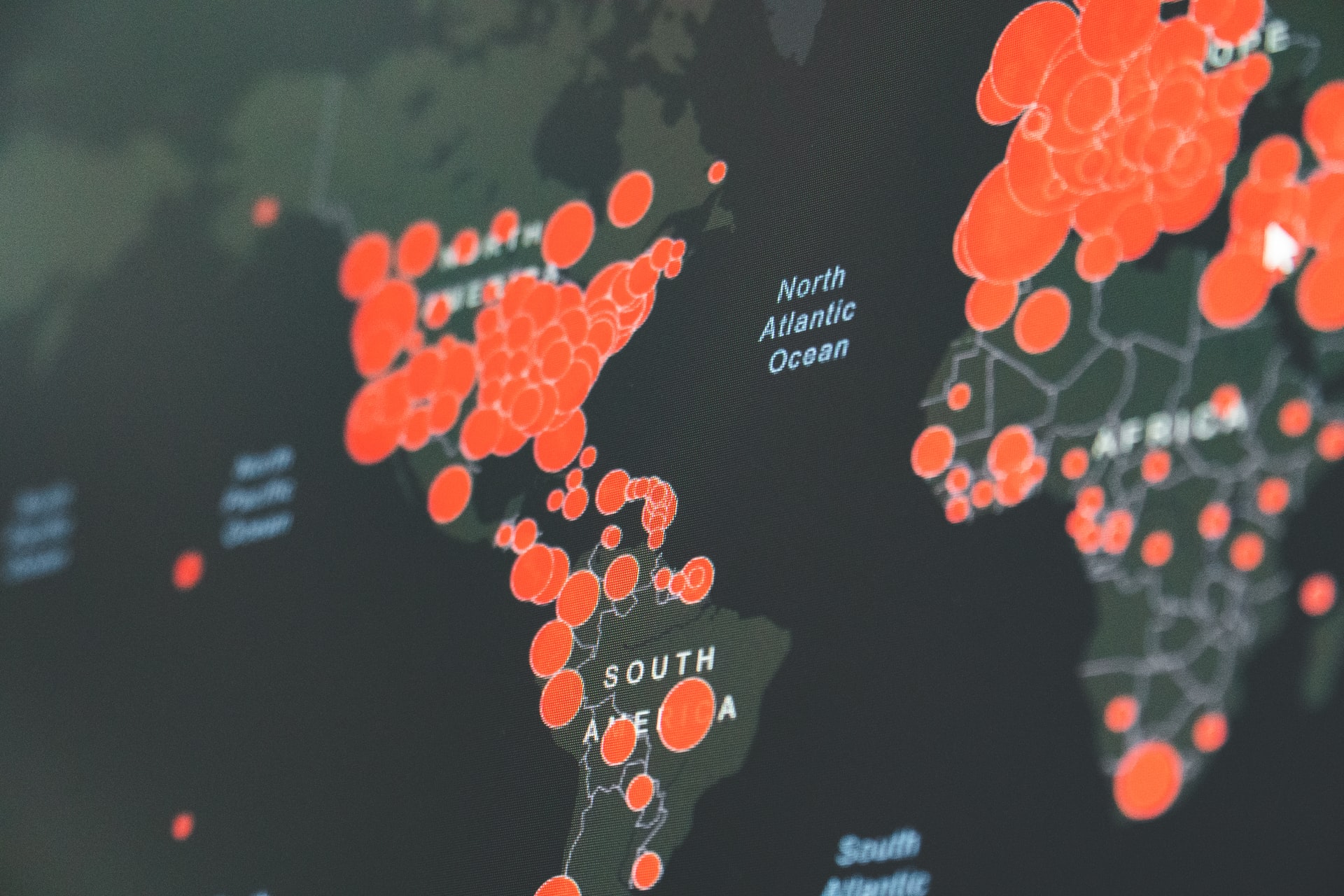Media release
From:
Approximately one third of the US population had been infected with SARS-CoV-2 by the end of 2020 according to a modelling study examining the overall burden and characteristics of COVID-19 in the USA, published online in Nature this week. The percentage of confirmed and predicted infections rose between March and December 2020 and the infection fatality rate declined over the year. This research adds to our understanding of how SARS-CoV-2 spreads, which may offer insights on how to control it in the future.
The USA experienced the highest numbers of confirmed COVID-19 cases and deaths in the world during 2020, with more than 19.6 million reported cases by the end of the year. To comprehensively quantify the characteristics of the COVID-19 pandemic in the US, Jeffrey Shaman and colleagues devise a model to simulate the transmission of SARS-CoV-2 within and between all 3,142 US counties. They calibrate these models with migration data (between counties), observed case numbers and estimates of infections based on seroprevalence estimates (the number of persons in a population who test positive for SARS-CoV-2 antibodies).
The analyses enable the estimation of the percentage of infections confirmed diagnostically (ascertainment rate) at county and national levels. At a national level, this value increased from 11.3% in March 2020 to 24.5% in December 2020, which may be partially attributed to increasing test availability and increasing awareness of the public. Local variations were observed in five major metropolitan areas studied by the authors; ascertainment rates for Miami and Phoenix were higher than the national average, whereas these rates were lower than the national average in New York City, Los Angeles and Chicago. The percentage of people with a contagious infection reached 0.77% on 31 December 2020, indicating that roughly 1 in 130 persons was contagious, and as high as 2.42% in Los Angeles during December, indicating nearly 1 in 40 persons was contagious. At the end of 2020, the proportion of the US population that had not been infected was 69%, although this varied regionally, with areas of the upper Midwest and Mississippi valley estimated to have population susceptibility below 40% by December 31 2020.
The infection fatality rate fell from 0.77% during April to 0.31% in December, which the authors attribute to earlier diagnosis and treatment, improved patient care and reduced disease severity. However, they note that the infection fatality rate is still greater than estimates for both seasonal influenza (0.08%) and the 2009 influenza pandemic (0.0076%). They suggest that, as COVID-19 deaths are probably under-reported, their estimate of infection fatality rate may be low.



 International
International



